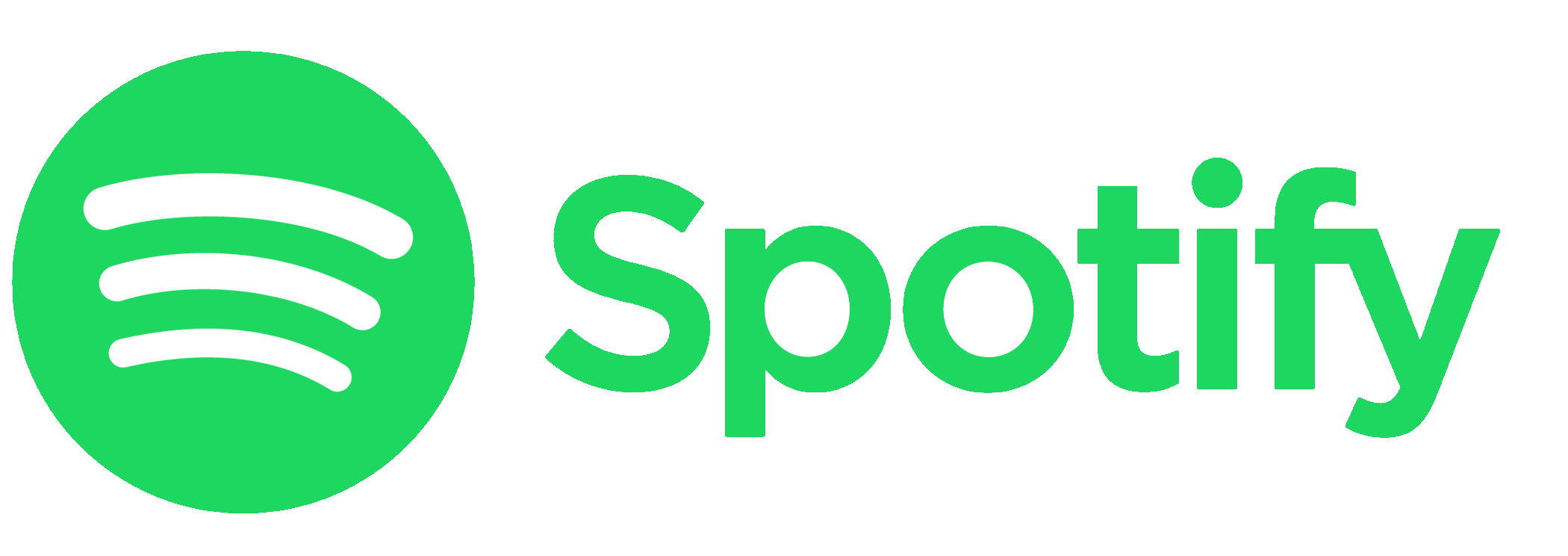
Mission: Give people access to all the music they want all the time in a completely legal & accessible way.
Vision: Having music moments everywhere.
Collaborative: We"re all Spotify.We"re stronger together. The better we collaborate, the more effective we are. When we"re working well across functions, we"re unstoppable.
Innovative: We"re all pioneers.We"re original and creative in our thinking. To us, innovation is a default mind-set a hard wired desire to improve things.
Passionate: We feel it.We"re proud of what we"ve achieved, and passionate about where we"re going. We like being bold. We"re not afraid of taking big bets, or getting them wrong. We all share a passion to learn and grow.
Playful: We say yes to fun.Let"s be honest, we have bands playing in the office it kind of sets the tone. We"re a playful company and a playful brand. We always have been. We never take ourselves too seriously.
Sincere: We mean it.The best relationships are based on mutual trust and respect. We want to be fair and transparent in everything we do. We don"t micro-manage, we trust each other to do a great job.
Given a sample set of tables, write a sql query to get a summary metric from those tables.
How would you leverage Spotify"s data?
Given n samples from a uniform distribution [0, d], how would you estimate d?
Stage 1: Initial phone screen by HR.
Stage 2: A phone interview with a hiring manager with some data and business related questions
Stage 3: An onsite interview consisting of a presentation of the take home assignment and interviews with other data scientists and analytics consultants.







Pathrise is a career accelerator that helps people land their dream jobs. We regularly place our fellows at top companies like Apple, Amazon, and Meta. Our mentors have experience at companies like Apple, giving fellows the inside scoop on interview and company culture in 1-on-1 sessions.
We can’t guarantee you a job at a specific company like Apple. But we do guarantee you a great job–if you don’t accept an offer in 1 year, you pay nothing. Our income share agreement means you only pay with a percentage of your income at your new role.
Mentors work with fellows at every stage in search, helping them build the skills necessary to be the best candidate possible. Fellows in Pathrise usually see a 2-4x increase in application response rates, 1.5-3x increase in interview scores, and 10-20% increase in salary through negotiation.